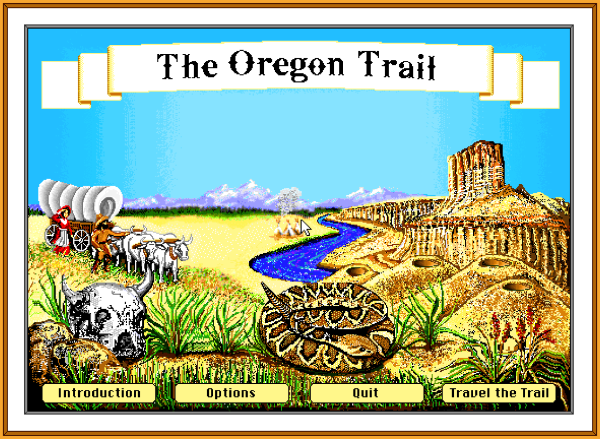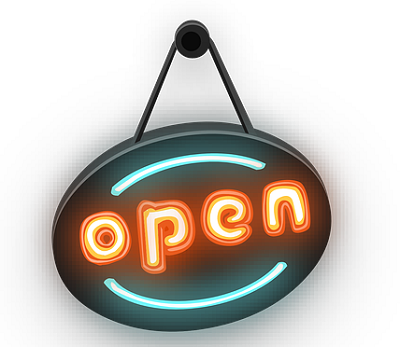
Open access logo, originally designed by Public Library of Science, CC0, Link
My wife and I have co-authored an article on online education and how it has changed/developed in response to current crises and how we might look at the pandemic as a stress test for online learning. It will be in a special issue of the American Journal of Economics and Sociology on crises and possible solutions in higher education that will be published in January 2021, and it will be the one “open access” issue that Wiley allows AJES each year.
So, when I saw that Goldie Blumenstyk, senior writer at The Chronicle, was writing in her newsletter about "What It Means to Be ‘Open Access’ Now" I was interested and thinking about how many of my colleagues don't know anything about Open Access unless they are publishing in journals.
I have been a longtime advocate of what I call "Open Everything" which is my umbrella term for many open efforts such as open textbooks, open-source software, MOOCs, etc. A typical definition of open access (OA) refers to free, unrestricted online access to research outputs such as journal articles and books. OA content is open to all, with no access fees.
Why should a journal offer OA? A good example is OA in science. It addresses a basic value of science: to help advance and improve society by providing immediate and unrestricted access to the latest research. That can accelerate discovery and create a more equitable system of knowledge that is open to all.
Blumenstyk writes about keeping access to education open which has been an issue getting more attention during the pandemic.
"To be an open-access institution used to be pretty straightforward, if not easy: Keep tuition low and set admissions requirements forgiving enough to let students prove themselves even if they don’t seem — or aren’t — academically ready. In recent years, consciousness of students’ basic needs, including food and housing, has also grown. The pandemic has not only accelerated that, but also added new dimensions to the definition of “open access.” Now it means a lot more outreach, time on the telephone (yes, the telephone), and a willingness to bend some established academic and financial rules. That’s some of what I heard during a Chronicle virtual forum a few weeks ago on what’s needed for higher ed to be truly open access in this moment. Here are highlights and other insights that stuck with me from that discussion, as well as my takeaways from another panel on complex universities working together while operating remotely."
What struck Blumenstyk in the forum was that "supporting students’ basic needs has become fundamental to how colleges see their responsibilities" and that "'Right now, students’ economic worries outweigh their academic concerns, said Anthony Munroe, BMCC’s president. And as he put it, 'We have a moral obligation to meet the needs of our students.'”
It is great to see conversations about open access education. That is also an umbrella term in that the use of open textbooks, journals, and software is often the way to lower student costs and allow access to learners who are not traditional, enrolled learners.
As you have probably discovered from clicking links to articles in journals and publications (including The Chronicle) not all of them are free and open, even in some partially OQ publications. But there are some. All articles in open access journals that are published by Elsevier, for example, have undergone peer review and upon acceptance are immediately and permanently free for everyone to read and download.
Twenty years ago when I started in higher education and brought up open access to faculty, the most common question was "Why would I give away my [writing, software, courseware intellectual property] for free?" As with science, I could reply that "it's the right thing to do." But Open Access publications reduce permission requirements and eliminate price barriers for readers. In fact, many studies demonstrate that OA literature receives more citations than subscription publications and so get your name and ideas out into the world.
Conversations about the traits of a resilient college and society before, during, and after this pandemic should include a lot of talk about open access. If this pandemic is truly a black swan event for higher education, then any successes in agility, flexibility, and resilience are critical to students, faculty, and institutions.

 Students can also access the
Students can also access the 
